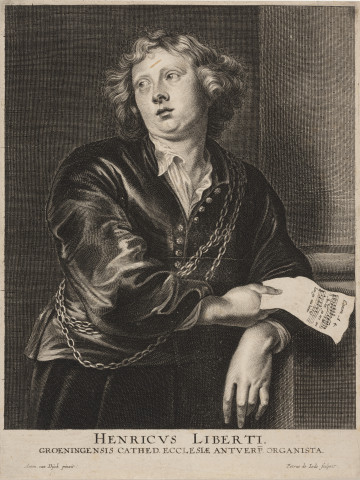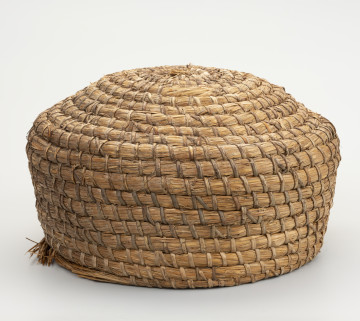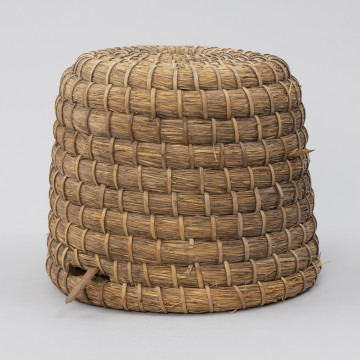
Portrait
circa 1632
National Museum in Szczecin
Part of the collection: Traditional fishing
Metal spinners, called błyskawka or błystka are a type of an artificial lure for predatory fish, known and used at least since Middle Ages which is proven by the finds in archaeological excavations. They look like small fish. Spinners can be used for fishing in all seasons, both from the shore and boat. In the past, fishermen would cast their own spinners from tin or lead in specially designed wooden moulds or cut them out of ready-made metal sheets. With their shiny surface, metallic colour, and the movement they made when the rod was being picked up, the spinners imitated small fish, attracting the predator. Nowadays fishing shops offer a wide range of factory-made spinners, varying in size, colour and shape. Anglers commonly refer to them as blachy, meaning metal sheets, although they are made from a variety of raw materials. The spinner from the fishing collection of the Department of Ethnography of the Pomerania of National Museum in Szczecin was made in the first half of the 20th century. It has a shape of a small, convex fish that has an attached hook in the form of a three-pointed anchor with barbs. The museum inventory states that it was used for catching pike.
Agnieszka Słowińska
Author / creator
Dimensions
cały obiekt: height: 7 cm, width: 2 cm
Creation time / dating
Creation / finding place
Identification number
Location / status

circa 1632
National Museum in Szczecin

1965
National Museum in Szczecin

1890 — 1910
National Museum in Szczecin
DISCOVER this TOPIC
Museum of King Jan III's Palace at Wilanów
DISCOVER this PATH
Educational path